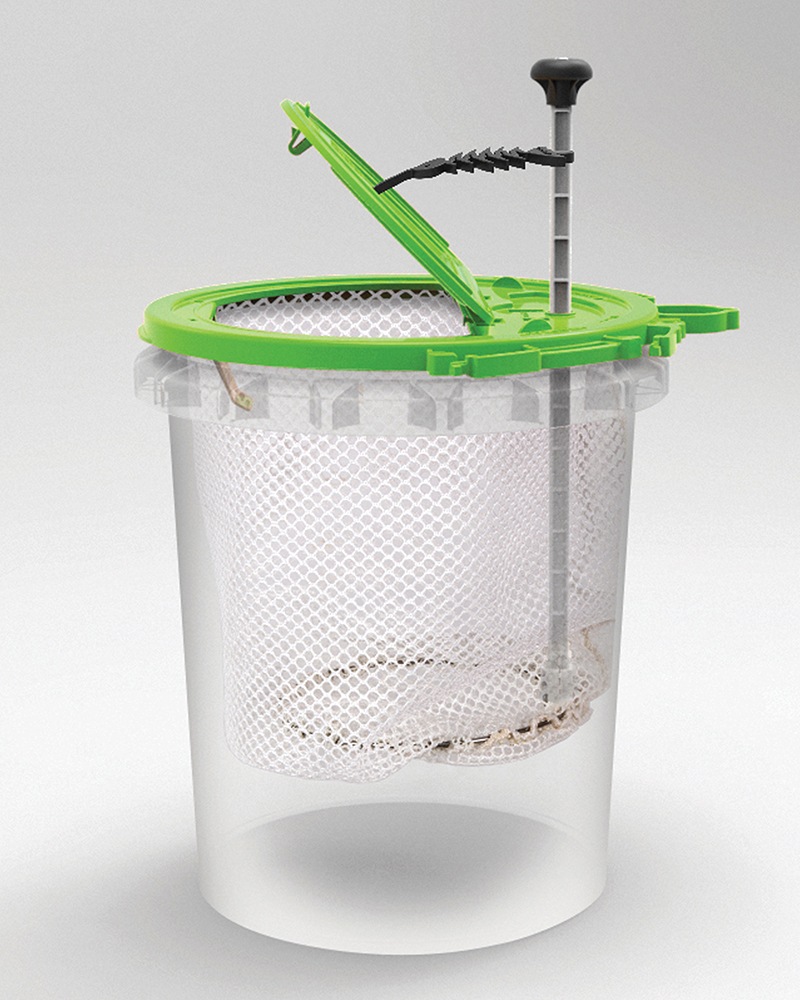by WILL STOLSKI |
A change in ice fishing tactics can account for some of the best days of the ice season. An angler just has to know where to look.
For those of us living in the frigid north, the stretch between Christmas and spring can be a drag. Cold temps, snow, and an overall lack of sunlight can lead to a lot of folks hunkering down and avoiding outdoor activities. The same could be said for panfish, as the ice thickens and temperatures plummet, the once active eaters become more lethargic. However, this doesn’t mean anglers should stop targeting them.
Midwinter can actually be one of the best times to find large schools of fish, as the lack of oxygen levels in lakes tend to concentrate them in predictable areas. A change in ice fishing tactics can account for some of the best days of the ice season. An angler just has to know where to look.
Structure
During the early ice period, crappies and bluegills tend to relate to shallow water with healthy weed growth. These are the same areas that hold fish during summer and fall months, as weed beds tend to have the highest oxygen levels and presence of food.
As the winter progresses and ice thickness increases, low sunlight levels cause green weeds to wither and die, forcing fish to move elsewhere in search of food and oxygen. Deep basins become the stomping grounds for mid-season panfish for that very reason. Even in the coldest conditions, basins provide big crappies and bluegills ample oxygen and food sources.
On many lakes, there is more than one singular deep water “hole,” so it can be tricky to decide where to first look. My favorite areas to start looking are places that are close to the shallow weed beds that held fish earlier in the year. Like humans, fish become slower (and lazier) in subzero temps, so they don’t want to travel too far. Deep holes adjacent to shallow feeding grounds usually hold the highest number of willing “biters.”
Baits
Unlike larger gamefish that feed on minnows and smaller fish, crappies and bluegills gorge on micro zooplankton. These small aquatic creatures are a staple in their diet, especially during the winter months.
Selecting the right bait is critical in coaxing tight-lipped fish into biting. Small tungsten jigs have taken over the ice fishing world in recent years, and for good reason. Although they are more expensive than their lead-based counterparts, tungsten is almost twice as dense as lead. This allows anglers to fish a compact jig profile more efficiently, as it sinks much faster than a lead jig of the same size. My go-to size for panfish is a 4 millimeters (1/16-ounce) tungsten jig, but I will go up or down a size depending on the mood of the fish.

Cold hands can ruin a day on the ice fast, so being able to rebait your hook as easy as possible after every bite is huge. To solve this problem, Flambeau Outdoors has developed a revolutionary new live bait retrieval system called the Bait Butler. An integrated lid system effortlessly fetches live bait for easy selection. The Bait Butler includes a Flambeau portable aerator and features one-handed operation, a unified system to easily change water to keep bait longer, a rod holder and rails for accessories. The Bait Butler fits most 5-gallon buckets.
As the saying goes, you can’t catch ‘em from your couch, so head out and give basin panfish a shot!